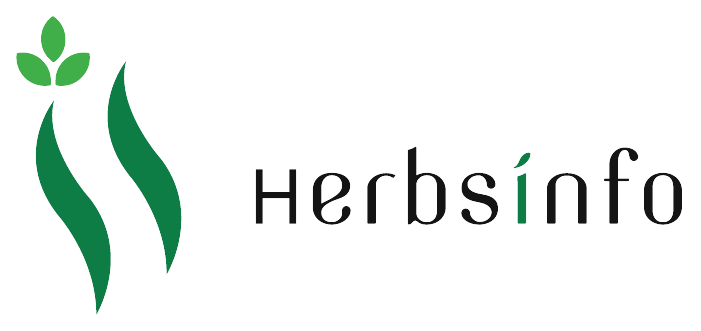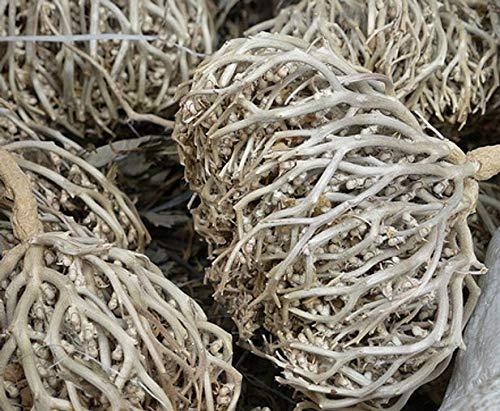INTRODUCTION:
Maryam Panja is the common name for the desert plant Anastatica hierochuntica, a “resurrection plant” known for its ability to unfurl from a dry ball when exposed to water. This botanical marvel, also known as the Rose of Jericho or Maryam Booti, has been used for centuries in traditional medicine and folklore across the Middle East, North Africa, and parts of South Asia. Its popular name, “Maryam’s hand,” comes from its resemblance to a curled fist in its dry state.

English: Maryam’s Herb, Rose of Jericho
Urdu: مریم بوٹی (Maryam Boti), مریم پنجہ (Maryam Panja)
Hindi: मरियम की बूटी (Maryam ki Booti)
Arabic: كف مريم (Kaff Maryam)
Punjabi: ਮਰਯਮ ਬੂਟੀ (Maryam Boti)
Bengali: মারিয়াম গাছ (Maryam Gachh)
Indonesian / Malay: Tangan Maryam
Hebrew: שושנת יריחו (Shoshanat Yericho)
Somali: Geedka Maryan
HEALTH BENEFITS:
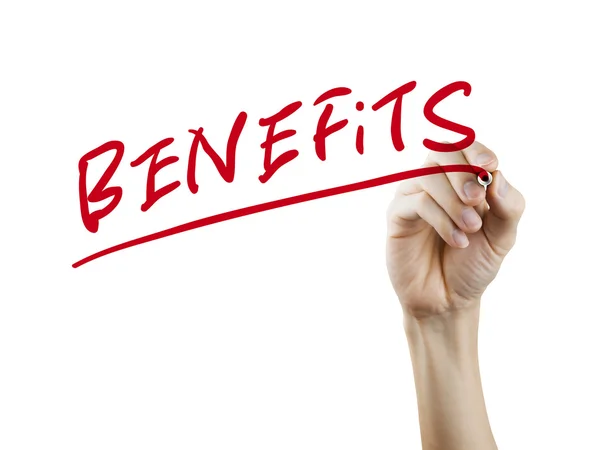
Aid during childbirth:
This is the most well-known traditional use of Maryam Booti. The dried plant is placed in a bowl of warm water in the labor room. As the plant unfurls, it is believed to help ease labor pains and encourage cervical dilation.
Support for conception and uterine health:
The leaves are traditionally used to help strengthen the womb and for fertility purposes. The plant contains minerals like calcium and magnesium, which are known to help regulate smooth muscle contractions.
Gynecological issues:
It has been traditionally used to treat disorders of the female reproductive system, such as irregular menstrual cycles and uterine hemorrhage.
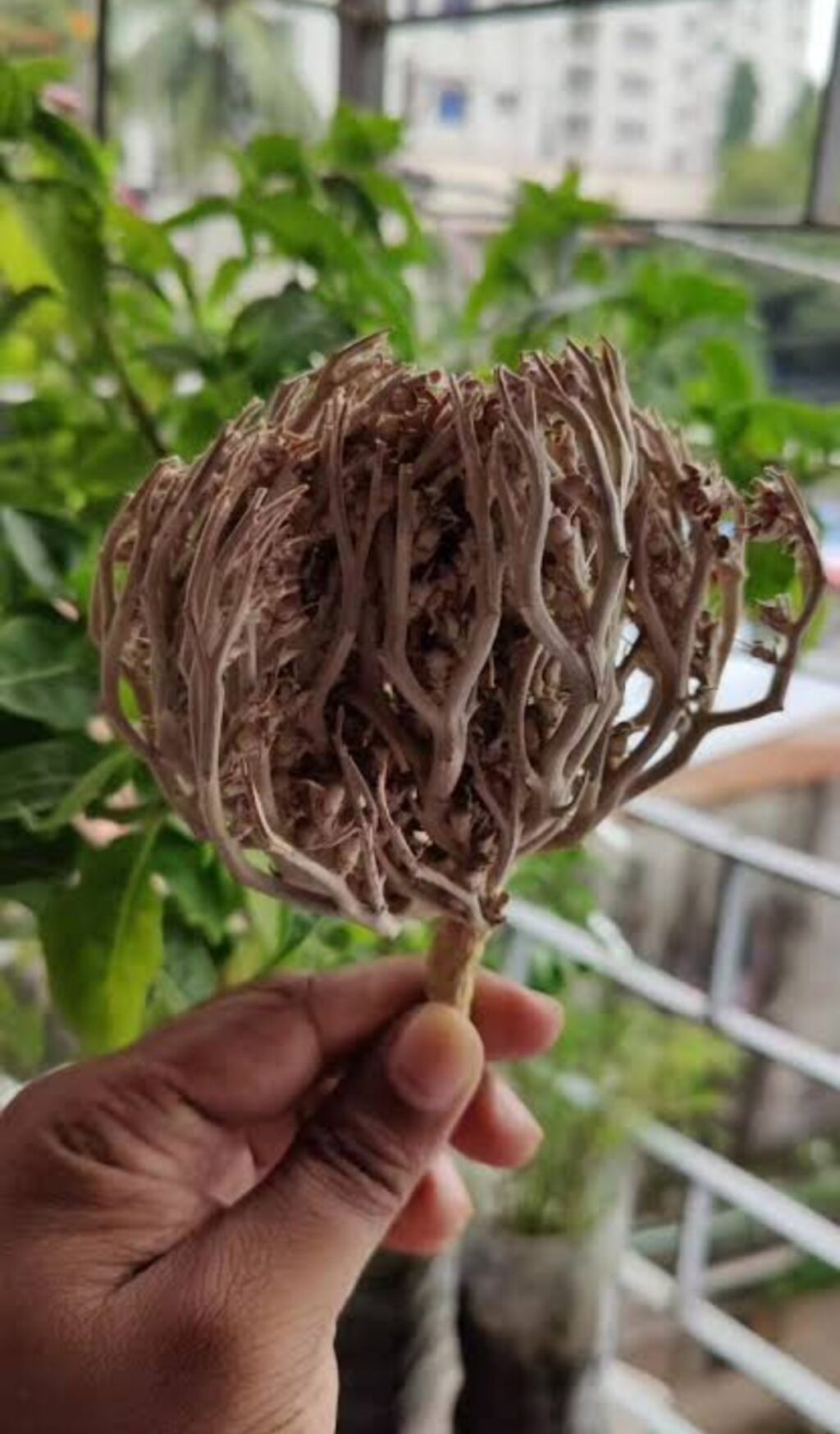
Relief for other ailments:
In folk medicine, preparations from the plant are used to treat a variety of other conditions, including colds, epilepsy, gastrointestinal problems, mouth ulcers, and nausea.
Wound healing:
Scientific research on the plant’s constituents has shown potential for wound healing.
Antioxidant and anti-inflammatory properties:
Studies indicate that extracts from Anastatica hierochuntica possess antioxidant, anti-inflammatory, and antimicrobial properties.
Metabolic and liver health:
Preliminary studies in diabetic rats showed that certain extracts from the plant may have hypoglycemic (blood sugar-lowering) and hepatoprotective (liver-protecting) effects, though more research is needed.
Good fortune and prosperity:
In some cultures, the Rose of Jericho is kept in homes as a charm to attract good fortune, positive energy, and prosperity.
SIDE EFFECTS:

Uterine Contractions
This herb is known to stimulate the uterus.
Only to be used under guidance during labor, not throughout pregnancy.
Hormonal Effects
May interact with female hormones and affect the menstrual cycle.
Could cause irregular periods or spotting if misused.
Digestive Issues
In some people, may cause nausea, vomiting, or abdominal cramps.
Allergic Reactions
Skin rash, itching, or respiratory issues in sensitive individuals.
Rare but possible if you’re allergic to mustard family plants (Brassicaceae).
Blood Pressure Fluctuations
Some traditional sources say it may lower blood pressure, so avoid if
HOW TO USE:
1. For Childbirth Support
External symbolic use only is safest:
Soak 1 dried plant in a bowl of warm water.
Let it open slowly as labor progresses.
The water can be placed nearby or sprinkled in the room for symbolic/spiritual purposes.
Internal use (only under supervision):
Water from soaked Maryam Boti may be given in very small sips (1–2 tablespoons every few hours), only during active labor, if guided by a traditional practitioner.
Do NOT consume early in pregnancy. It may stimulate the uterus.
2. For Herbal Tea (Non-pregnancy use)
Break off a small piece of the dried plant (about 1–2 grams).
Boil in 1 cup (250 ml) of water for 5–10 minutes.
Drink once daily, for a maximum of 3–5 days.
Used for:
Menstrual pain
Female fertility support
Mild uterine cleansing
Dosage Warnings
Pregnant women: Do not use before labor.
Children: Not recommended without medical advice.
Daily use: Not advised long-term. Traditional use is short-term only.
Large doses: May cause nausea, diarrhea, or uterine cramps.
